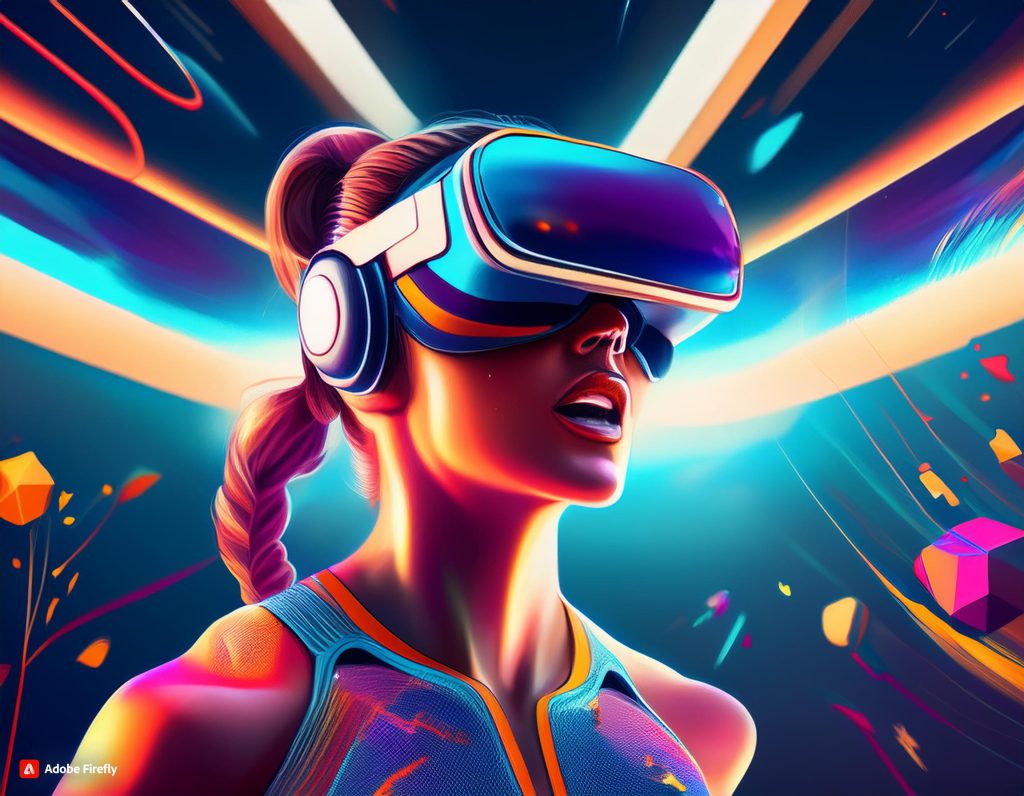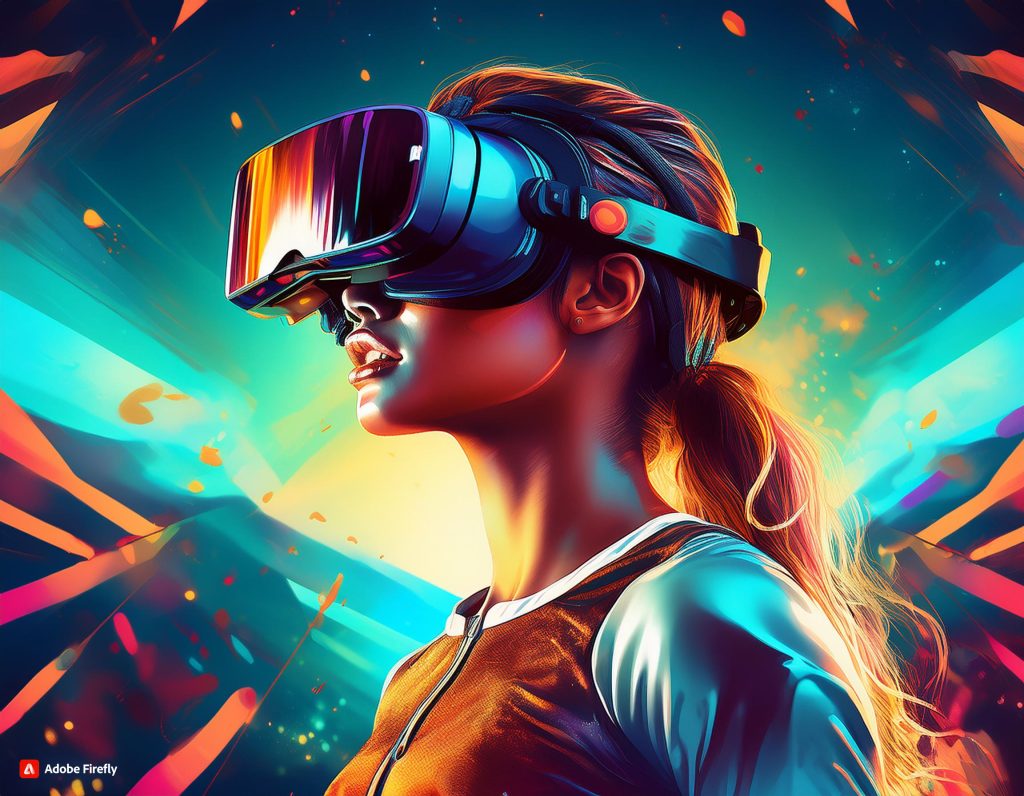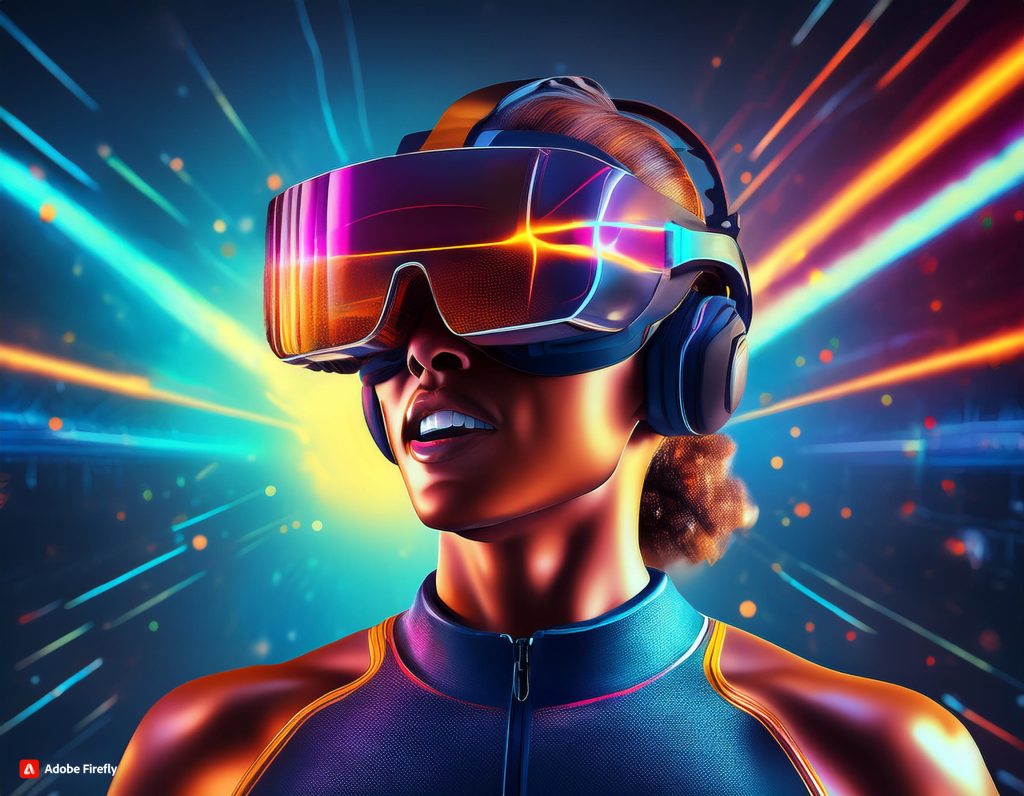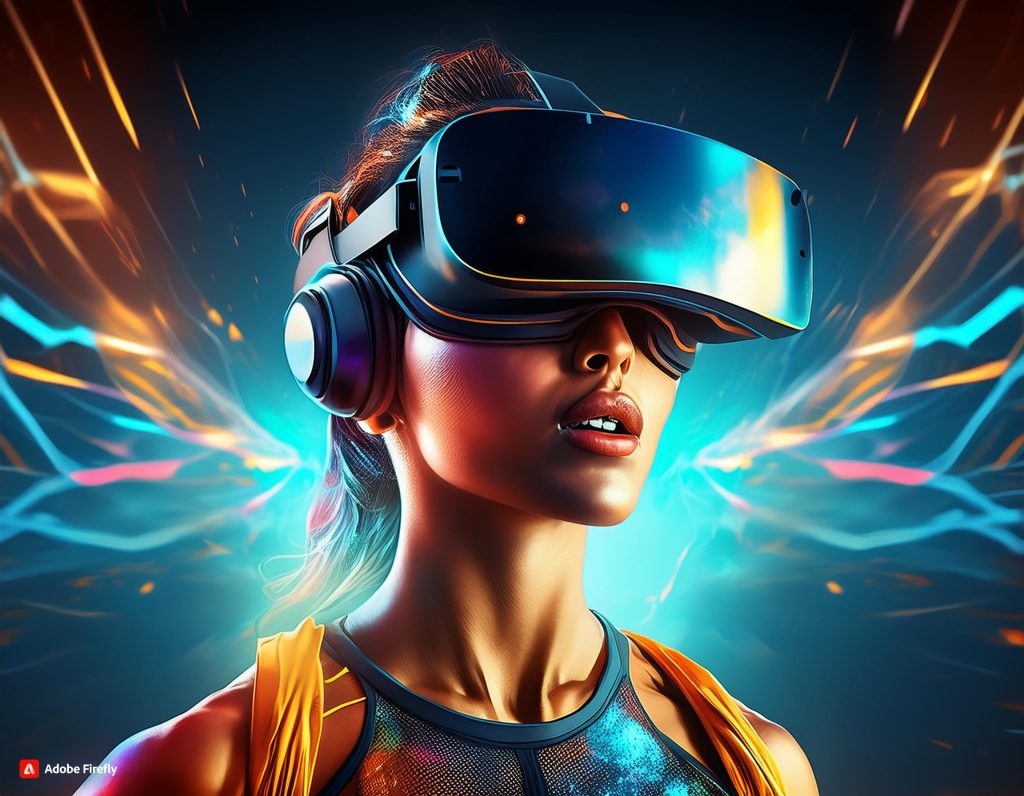
Virtual reality (VR) is revolutionizing many industries, and sports training is no exception. Athletes and coaches are increasingly leveraging VR technology to enhance performance, improve skills, and reduce the risk of injury. This article explores the various ways VR is transforming sports training, from simulating real-game scenarios to providing detailed performance analysis.
Immersive Training Environments
One of the most significant advantages of VR in sports training is the ability to create immersive environments that replicate real-game situations. Athletes can train in a controlled, virtual setting that mimics the conditions they will face in actual competitions. This immersion helps athletes develop muscle memory and mental resilience without the physical toll of constant practice on the field.
For instance, VR can simulate different playing conditions, such as varying weather, lighting, and crowd noise, allowing athletes to prepare for any scenario. Football quarterbacks, for example, can practice their decision-making skills by running through virtual plays and reading defensive formations, improving their ability to react under pressure.
Enhanced Visualization and Mental Training
Mental preparation is a critical aspect of athletic performance, and VR provides a powerful tool for visualization and mental training. Athletes can use VR to visualize their routines, perfect their techniques, and mentally rehearse their performances. This type of mental training has been shown to improve focus, reduce anxiety, and enhance overall performance.
For example, gymnasts can use VR to visualize their routines and practice complex maneuvers in a safe, virtual environment. This mental rehearsal can help them build confidence and refine their techniques without the risk of injury.

Detailed Performance Analysis
VR technology offers unparalleled opportunities for detailed performance analysis. With VR, coaches and athletes can review every aspect of a performance from multiple angles, identifying strengths and areas for improvement. This level of analysis is invaluable for fine-tuning techniques and developing personalized training programs.
For instance, a baseball pitcher can use VR to analyze their pitching motion, examining factors like arm angle, release point, and follow-through. Coaches can provide immediate feedback, helping pitchers make precise adjustments to improve their performance and reduce the risk of injury.
Injury Prevention and Rehabilitation
Injury prevention and rehabilitation are crucial components of sports training, and VR plays a significant role in these areas as well. VR can be used to simulate low-impact training exercises that help athletes maintain their fitness levels while recovering from injuries. This approach reduces the risk of re-injury and promotes a quicker, safer return to full activity.
Additionally, VR can be used to analyze movement patterns and identify potential injury risks. By examining how athletes move in a virtual environment, coaches can develop targeted training programs to address weaknesses and imbalances, reducing the likelihood of injuries.
Real-Time Data and Biofeedback
Integrating VR with real-time data and biofeedback enhances the training experience further. Wearable sensors can track an athlete’s movements, heart rate, and other physiological data during VR training sessions. This data can be analyzed to provide immediate feedback, helping athletes adjust their techniques on the fly.
For example, a basketball player can wear sensors that track their shooting form while practicing in a VR environment. The system can provide instant feedback on their mechanics, helping them make corrections and improve their shooting accuracy.


Conclusion
Virtual reality is transforming sports training by providing immersive environments, enhancing mental training, offering detailed performance analysis, aiding in injury prevention and rehabilitation, and integrating real-time data and biofeedback. As VR technology continues to advance, its applications in sports training will only expand, providing athletes with innovative tools to reach their full potential.